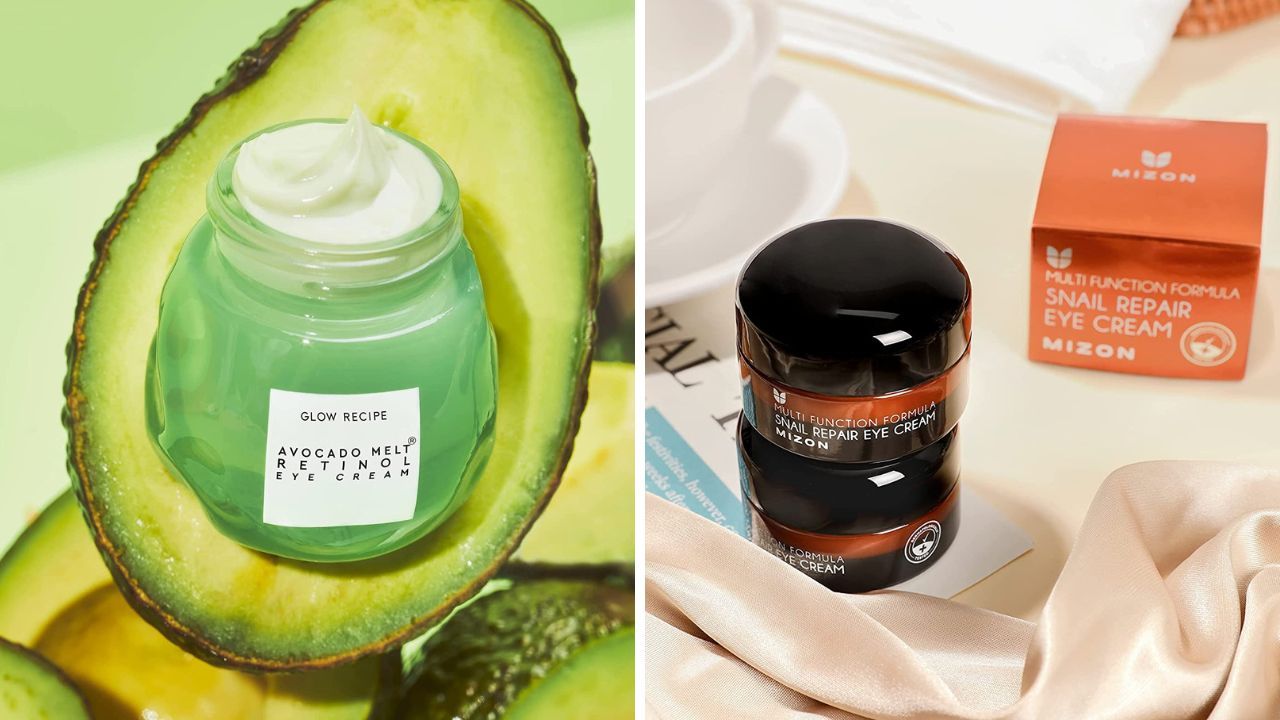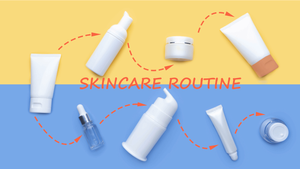Did you know that applying your regular eye cream on your eyelids might not be the best practice for maintaining healthy skin around your eyes? Uncovering the reasons behind this skincare misconception, “Why can’t you put eye cream on eyelids,” will empower you to take proper care of your eyelids and address common concerns effectively. Let’s dive into the world of eyelid care and discover the secrets to keeping your eyes looking bright and youthful.
What we will cover in this article:
- Eyelid care is an important part of any skincare routine, requiring specific products for the unique characteristics of eyelid skin.
- Eye creams are formulated to target concerns in the under-eye area, but should not be applied directly to eyelids due to potential risks such as irritation and sensitivity.
- When selecting a product for your eyelids, prioritize ingredient safety and efficacy while using correct techniques with minimal amounts of product.
The Importance of Eyelid Care
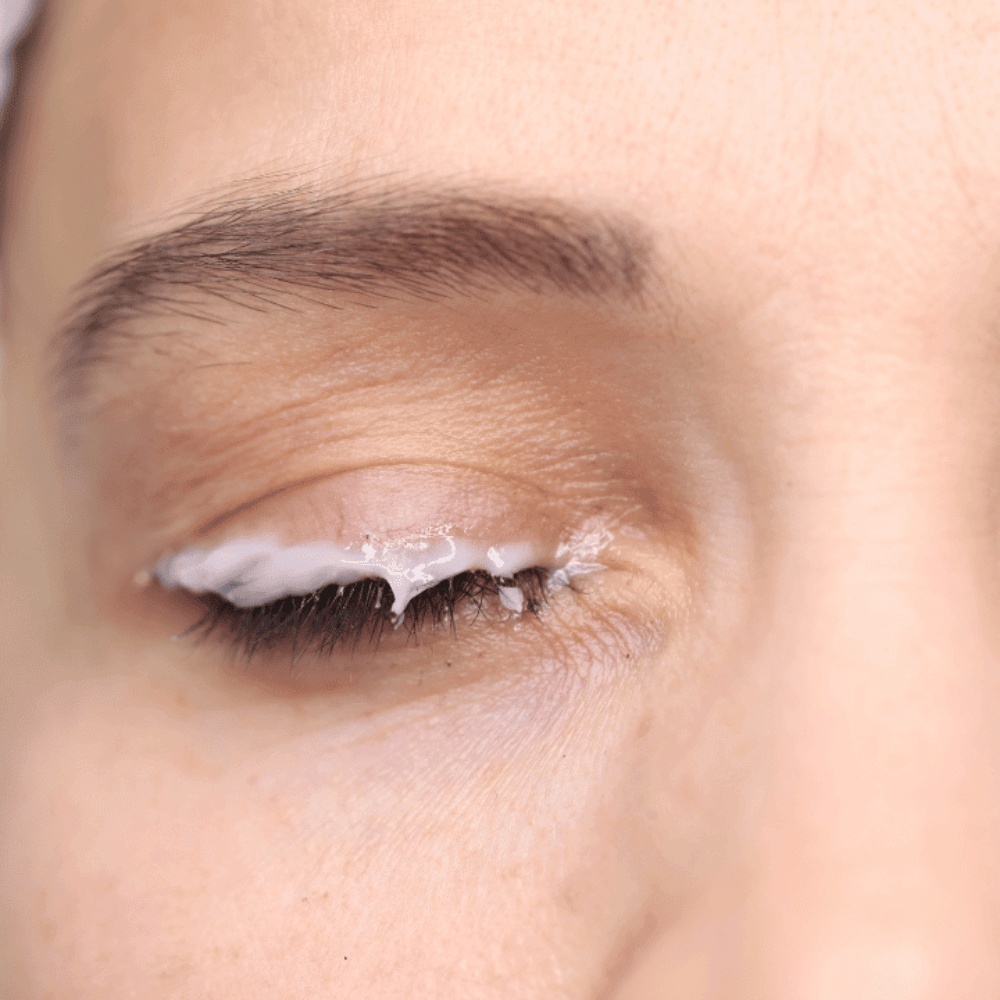
Eyelid care is an often overlooked aspect of our skincare routines. However, it’s crucial to take care of this delicate area, as the skin on our eyelids is unique and prone to various issues such as dryness and aging. In fact, environmental and lifestyle factors like:
- wind
- sun
- air conditioning
- inadequate sleep
- stress
- an unhealthy diet
Factors such as environmental conditions, allergies, and certain products can all contribute to dry skin and irritated eyelids.
Addressing these common concerns requires a targeted approach, as not all eye creams are suitable for use on the eyelids due to their specific formulation and ingredients. When selecting a product for your eyelids, it’s essential to consider the safety of the ingredients and the product’s effectiveness as part of your skincare routine.
Unique Features of Eyelid Skin
The skin on our eyelids is notably thinner and more sensitive than the rest of our face, with fewer oil glands and blood vessels closer to the surface. This unique feature makes the skin around our eyes more susceptible to redness and discoloration, requiring extra care and attention to maintain skin naturally.
When choosing skincare products for your eyelids, it’s vital to pick ones that are gentle and compatible with your skin’s natural characteristics. Applying eye cream gently is particularly important for those with oily skin, as the wrong product may cause additional issues.
Common Eyelid Concerns
Among the most common eyelid issues are dryness, irritation, and decreased elasticity, which can contribute to the appearance of crow’s feet and other signs of aging around the eyes. Sensitive and delicate skin may be a contributing factor to dry eyelids, and not all eye creams are suitable for use on the eyelids due to their specific formulation and ingredients.
To address these concerns, it’s essential to choose an eyelid-safe product, such as the Bye Bye Under Eye Full Coverage Anti-Aging Waterproof Concealer, which moisturizes dry eyelids and neutralizes discoloration. For best results, gently buff and blend the concealer onto the lids, taking care not to get too close to the lash line.
Eye Creams vs. Eyelid-Specific Products
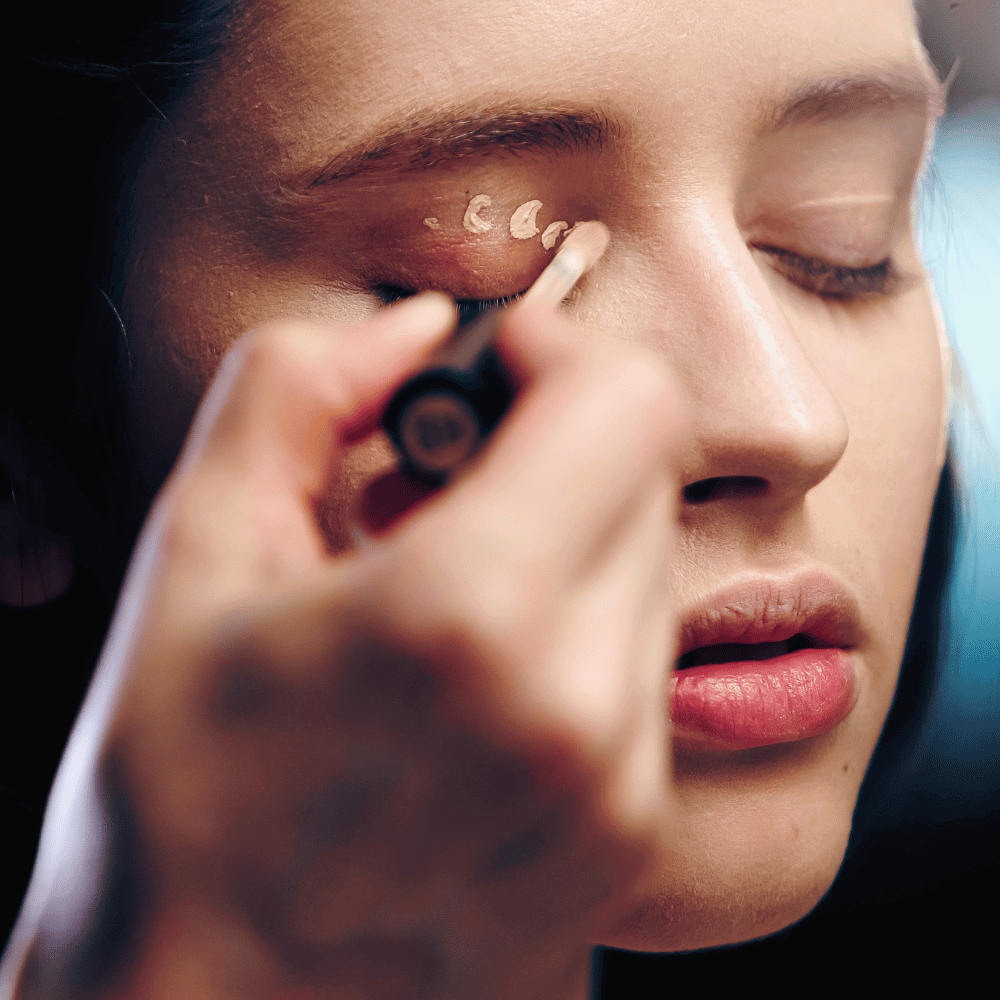
It’s important to understand the difference between eye creams and eyelid-specific products, as their formulation and intended use vary.
Eye creams are designed for the skin around the entire eye area, including the eyelids, and focus on concerns such as:
- Puffiness
- Dark circles
- Fine lines
- Wrinkles
- Loss of firmness
On the other hand, eyelid-specific products are formulated exclusively for the eyelids and typically have a lighter texture, containing ingredients targeted for the delicate skin of the eyelids.
When applying eye cream to the eyelids, potential risks include irritation, sensitivity, and migration of the product into the eyes, causing discomfort. To ensure safe application, it’s crucial to use a light touch and a minimal amount of product.
The Purpose of Eye Creams
Eye creams serve a specific purpose in our skincare routines, targeting concerns such as dark circles and puffiness in the under-eye area. These products are formulated to moisturize, reduce the appearance of wrinkles, dark spots, and puffiness, and improve the overall texture and appearance of the skin around the eyes.
However, not all eye creams are suitable for use on the eyelids, as some may contain ingredients that can cause irritation or discomfort. It’s essential to choose a product that is specifically formulated for the eyelids to ensure the best results and avoid potential issues.
Eyelid-Specific Formulations
Eyelid-specific formulations are designed to cater to the unique needs of the eyelid skin, containing gentle and safe ingredients as well as targeted components to address concerns such as dryness, irritation, or signs of aging. These products are carefully formulated to be applied to the eyelids without causing harm or irritation to the eyes.
Eyelid-specific formulations typically include hyaluronic acid, ceramides, and antioxidants, which are suitable for sensitive skin around the eyes. When utilizing these products, it’s essential to employ a gentle application technique, such as patting or tapping the product onto the eyelids, and use only a small amount of product to avoid irritation or migration into the eyes.
Potential Risks of Applying Eye Cream to Eyelids
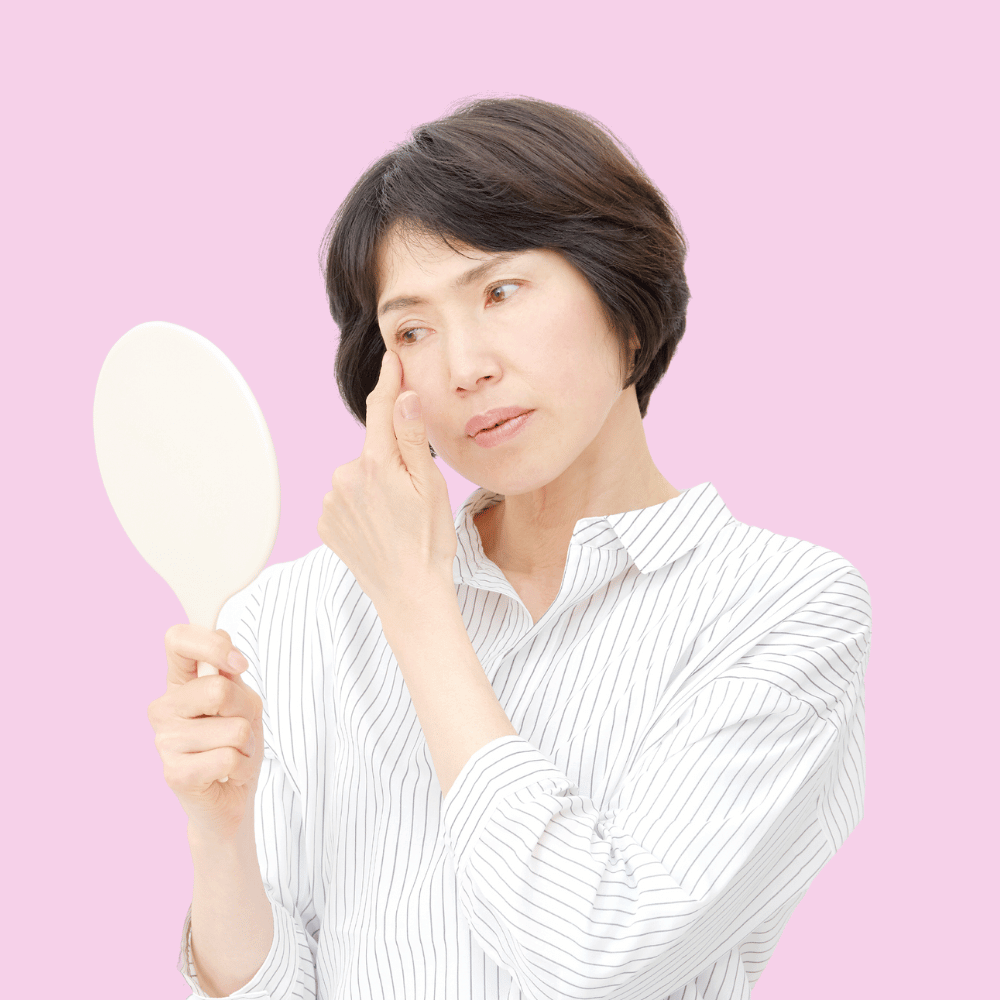
Applying eye cream to your eyelids might seem harmless, but it can come with potential risks, especially if the product is not specifically designed for the eyelids. One of the main concerns is irritation and sensitivity caused by certain ingredients found in eye creams. Additionally, applying eye cream too close to the eyes can lead to discomfort, puffiness, and irritation.
To minimize these risks, the FDA recommends using eye cosmetics, including eye creams, only for their intended purpose. It’s also important to avoid applying makeup meant for other areas of the face to the eyes, as this may lead to further irritation and sensitivity.
Irritation and Sensitivity
Some ingredients in eye creams can irritate the delicate eyelid skin, especially if they are not specifically formulated for the eyelids. Sunscreen, vitamin C, and other potentially irritating substances should be considered when evaluating an eye cream for use on the eyelids.
To avoid irritation and sensitivity, it’s crucial to select a product that contains gentle, non-irritating ingredients and is specifically formulated for the eyelids. This will help ensure that your eyelids receive the necessary hydration and care without causing harm.
Migration into the Eyes
Another risk associated with applying eye cream to the eyelids is the potential for the product to migrate into the eyes, resulting in tear film contamination and discomfort. To minimize this risk, it’s essential to avoid applying eye cream too close to the lash line or on the eyelids, focusing instead on the orbital bone and outer corners of the eyes.
By following these precautions, you can still benefit from the hydrating and nourishing properties of eye creams without putting your eyes at risk. Remember, always prioritize safety and choose products that are specifically designed for the delicate skin of the eyelids.
How to Choose the Right Product for Your Eyelids
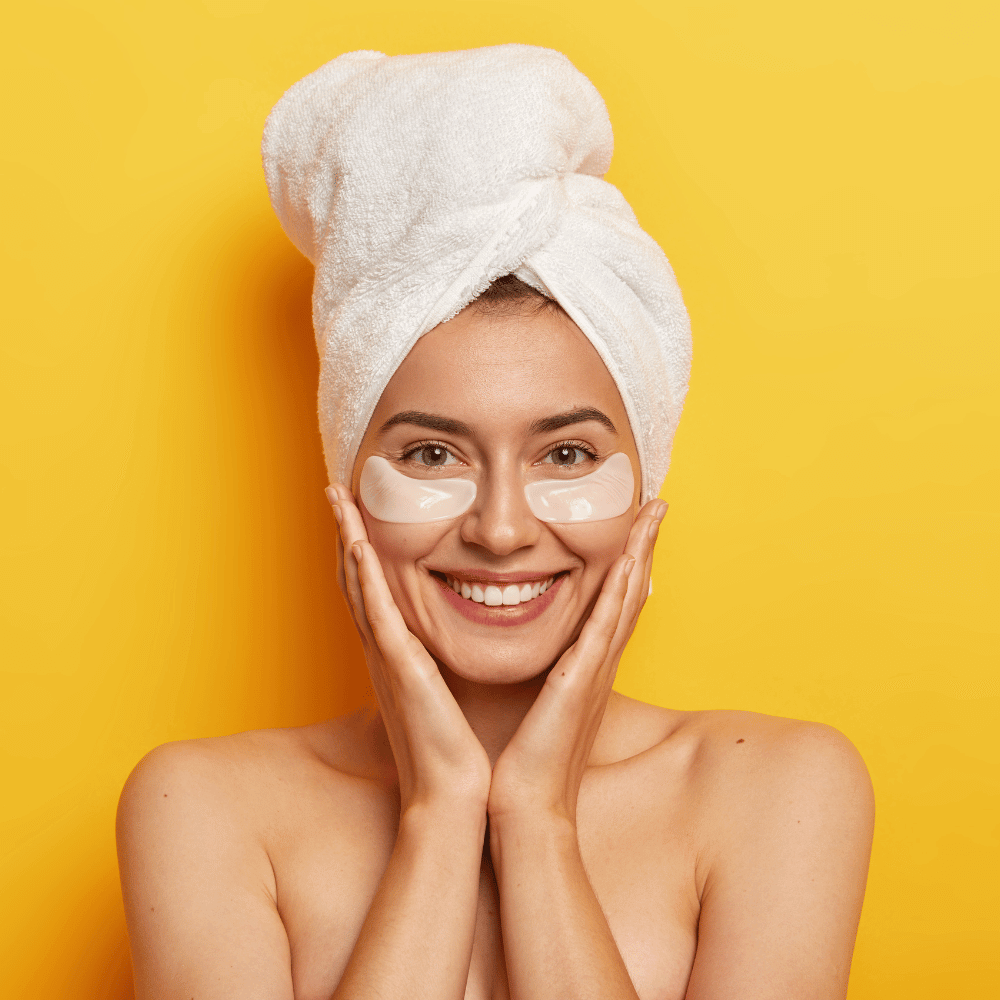
Choosing the right product for your eyelids is crucial to ensure both safety and efficacy. When selecting an eye cream or eyelid-specific formulation, consider the safety of the ingredients and the product’s effectiveness in addressing your eyelid concerns.
By opting for gentle, non-irritating ingredients and products specifically formulated for the eyelids, you’ll be able to provide the necessary care and protection for the delicate skin around your eyes, avoiding potential issues such as irritation, sensitivity, and migration.
Ingredient Safety
When selecting products for your eyelids, it’s essential to prioritize ingredient safety. Look for gentle, non-irritating ingredients that are suitable for the delicate skin around the eyes. Avoid drying alcohols and petrolatum ingredients, as these can cause irritation and sensitivity.
For those with sensitive skin or skin conditions such as eczema or blepharitis, consider using products with minimal ingredients, like Vaseline, which can provide hydration and protection without causing further irritation. Always check the ingredient list and avoid any known irritants or allergens.
Product Efficacy
In addition to ingredient safety, it’s important to ensure that the product you choose is effective in addressing your specific eyelid concerns, such as dryness or irritation. Look for products that are specifically formulated for the eyelids and contain targeted ingredients that address these issues, such as hyaluronic acid, ceramides, and antioxidants.
By choosing a product that is both safe and effective for your eyelids, you can confidently care for the delicate skin around your eyes and prevent common issues like dryness, irritation, and signs of aging.
Tips for Safely Applying Eye Cream to Eyelids
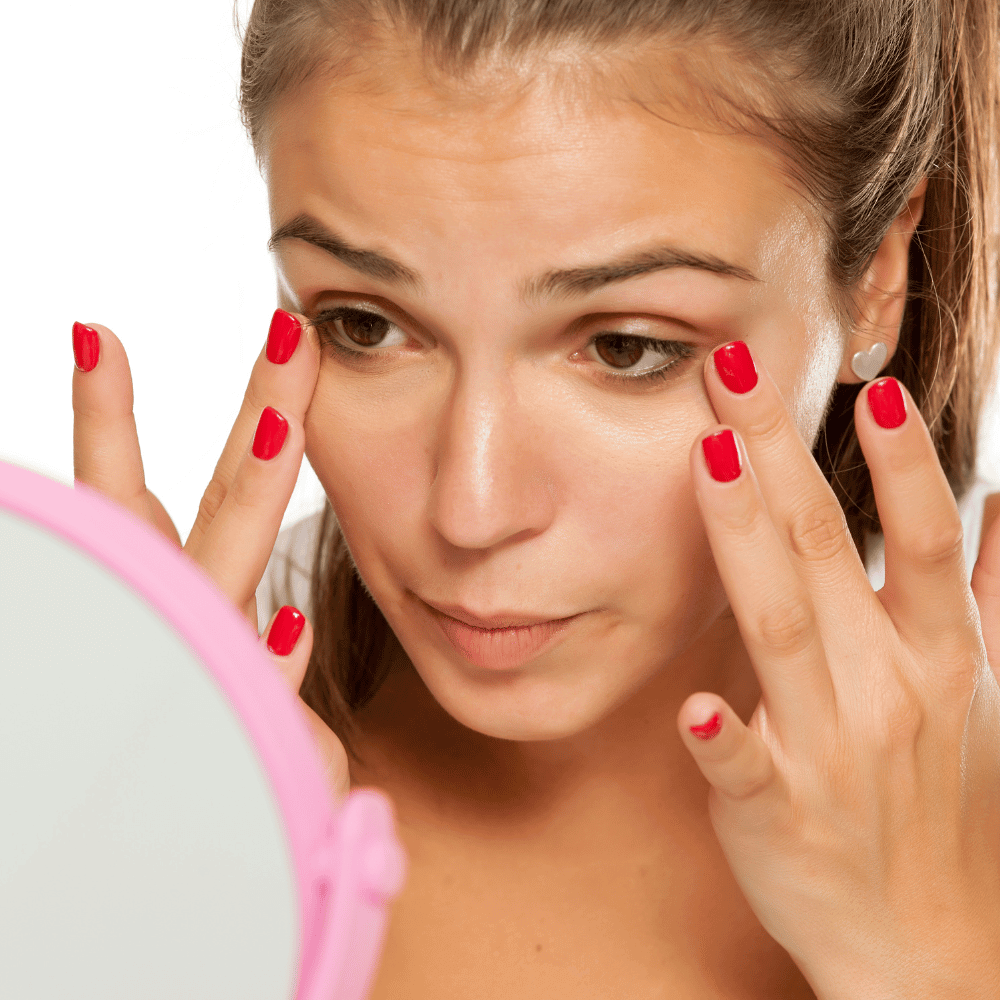
To safely apply eye cream to your eyelids, it’s essential to use proper techniques and the right amount of product. This will help minimize the risks of irritation, sensitivity, and migration of the product into your eyes.
Follow these tips to ensure that you’re providing the necessary care for your eyelids without causing harm or discomfort.
Application Techniques
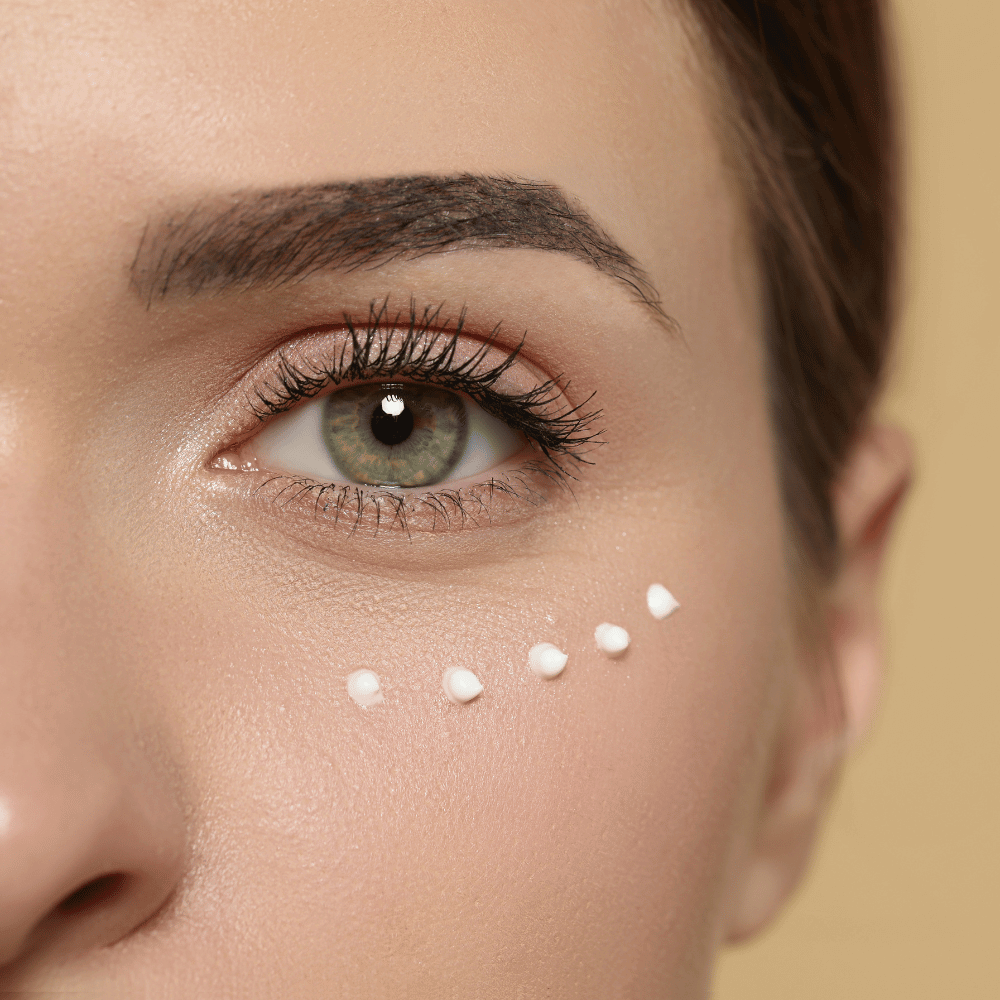
The recommended technique for applying eye cream to your eyelids is to gently dab the product along the orbital bone, starting from the inner corner and moving outward. Use your ring finger or middle finger to apply the cream, as these fingers apply less pressure and are less likely to cause irritation.
By using a gentle touch when applying eye cream, you can avoid causing irritation to the delicate skin around your eyes and ensure that the product is effectively absorbed without causing discomfort.
Amount of Product
When applying eye cream to your eyelids, it’s important to:
- Use a small amount of product to prevent irritation and migration into your eyes
- Avoid using too much product, as it can cause inflammation and discomfort
- Be cautious of the product entering your eyes and causing further irritation
To ensure that you’re providing the necessary hydration and care for your eyelids without causing harm, use only a minimal amount of eye cream and apply it gently, following the recommended techniques described above as part of your skincare routine.
Alternative Solutions for Dry Eyelids

If you’re still experiencing dryness or irritation on your eyelids despite following the tips and recommendations provided, there are alternative solutions available to help maintain eyelid hydration and health. Home remedies and professional treatments can offer relief and address the underlying causes of your eyelid concerns.
Let’s explore some of the alternative solutions you can consider for dry eyelids.
Home Remedies
Home remedies can be a natural and cost-effective way to maintain eyelid hydration and health. Some popular home remedies for eyelid care include:
- Using a humidifier to add moisture to the air
- Avoiding irritants in your environment
- Applying a warm compress to your eyelids to soothe and hydrate the skin
When using home remedies, it’s essential to apply them with care, using a sterile cotton swab and only a small amount of the remedy to avoid introducing the product into your eyes. Always consult your dermatologist or esthetician before trying any home remedies for your eyelids.
Professional Treatments
In some cases, it might be necessary to seek professional treatments and advice from a dermatologist or esthetician to address your dry eyelid concerns. Professional treatments can include prescription medications, laser treatments, and eyelid surgery, offering a more targeted approach to addressing underlying causes of dryness and irritation.
By consulting with a professional, you can receive personalized advice and treatment options tailored to your specific needs, ensuring the best possible results for your eyelid health and overall skincare routine.
Final Thoughts
In conclusion, taking proper care of your eyelids is a vital aspect of your skincare routine. By understanding the unique features of eyelid skin, choosing the right products, and following proper application techniques, you can ensure the health and hydration of your eyelids, preventing common issues like dryness, irritation, and signs of aging. Remember, always prioritize safety and choose products specifically designed for the delicate skin around your eyes.
Frequently Asked Questions
Do you put eye cream on the upper eyelids?
It is not recommended to apply eye cream on your upper eyelids since it can travel into the eyes when body temperature rises. Instead, use a small amount of eye cream on your under-eye area on top of the orbital bone and gently dab it in.
What eye cream can be used on upper eyelids?
Dermactin - TS. Upper Eyelid Revitalizing Eye Cream, can be used to firm and tone sagging and drooping eyelids, providing a younger, more vibrant, and alert appearance.
Do eyelids need an eye cream?
Yes, eyelids need an eye cream. Eye creams are specifically designed to address the thin and delicate nature of eyelid skin, which tends to dry out quickly, showing signs of aging faster than other areas of the face. Using an eye cream can help protect against wrinkles, crepiness, and keep skin moisturized to prevent dryness.
What are the potential risks of applying eye cream to my eyelids?
Applying eye cream to your eyelids can potentially cause irritation, sensitivity, and product migration into your eyes, leading to discomfort.
It is important to be aware of the potential risks associated with using eye cream and to take the necessary precautions to ensure that you are using it safely.
What are some alternative solutions for dry eyelids?
Regularly cleaning eyelids with lukewarm water and mild soap, using a humidifier at night to add moisture to the air, and applying an ointment or moisturizer recommended by a doctor are all effective alternatives for treating dry eyelids.
These treatments can help reduce the symptoms of dry eyelids, such as redness, itching, and flaking. They can also help prevent further irritation and discomfort.
•"There's no better time to start than now." - anonymous
You may also like:

